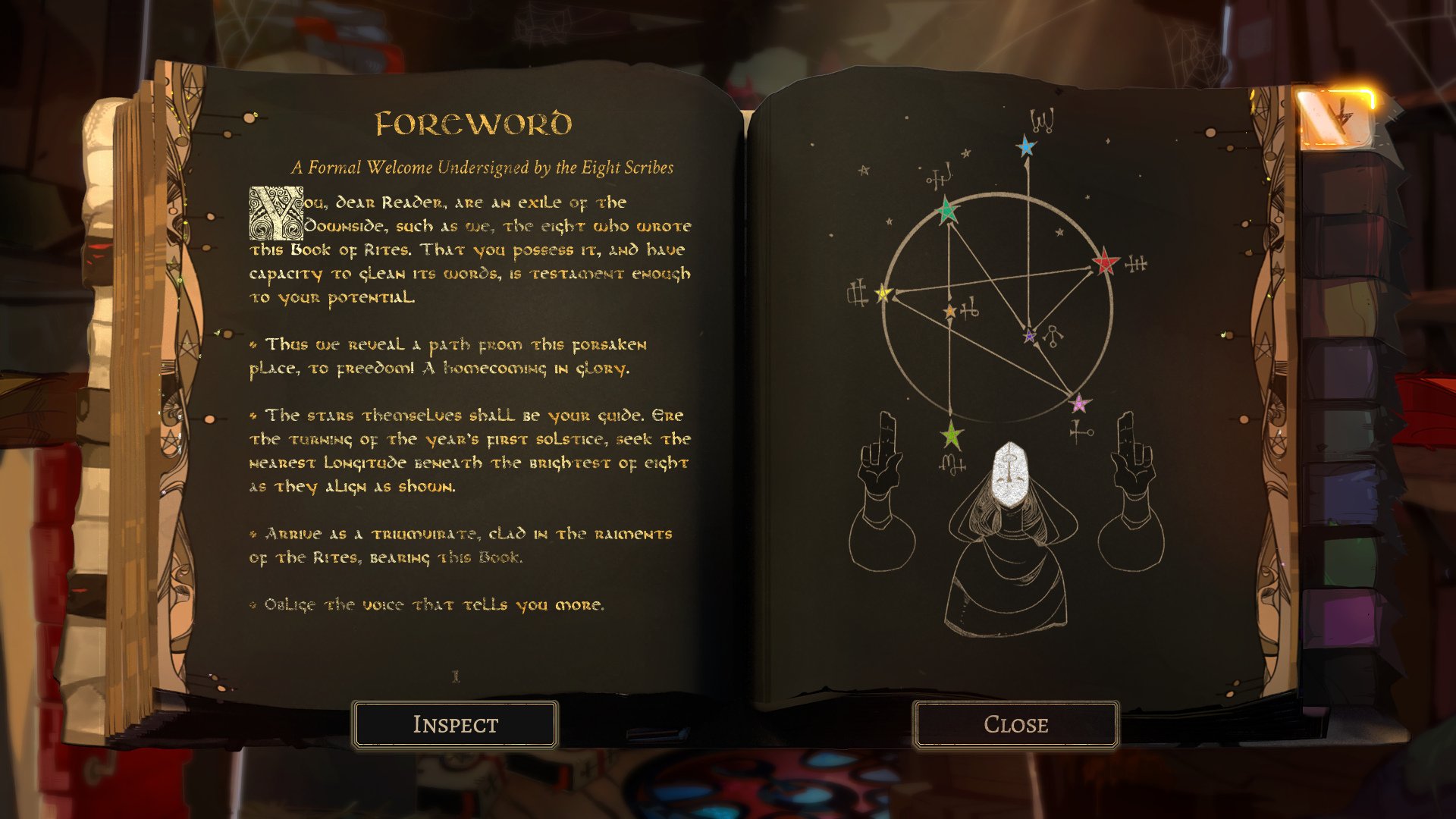
That plot is carried on the shoulders of a wonderful cast of characters - party members such as the gruff demon Jodariel, the bitter bog witch Bertrude and my personal favorite, Sir Gilman, a snake with a single large eye who wears a clunky metal helmet and wants nothing more than to be an honorable knight. Sharply written dialogue is interspersed between rites, illuminating a story that branches in dozens of different ways. Much of the pull of this world is delivered through Pyre’s narrative, which drives the game forward in spite of the repetition of its sports game-style core. The game provides an extremely tiny view of its world, but just enough that I wanted to spend more time there. Sadly, moving from location to location is an automated process: You choose where to go on a map, and then you watch your wagon move there.
#Pyre switch full
Supergiant Games has built up a gorgeous world full of intriguing backstory and tons of locales, and at times I just wanted to … explore it. If there’s one disappointment to Pyre - one I wrestled with throughout my time - it’s that the core of the gameplay mechanics is just the rites. Most players are going to be employing slightly different tactics to make it through rites by the end of the game. Likewise, as characters spend more time performing rites, they gain experience (in the form of enlightenment), ranking up across matches and unlocking special skills that further differentiate them and open up new options. You can equip talismans on your different players, granting them unique benefits such as the chance of instantly returning to the playing field upon being banished or instantly regaining your stamina whenever you grab the ball. Pyre also offers the ability to tweak the experience to your own liking, beyond just raising or lowering the difficulty level. And while matches were never too challenging on Pyre’s default difficulty, I often found myself in tense, satisfying faceoffs where one last goal on either side stood between victory and defeat. When I pulled off a great play, bouncing the ball between characters before diving into the enemy’s pyre, it felt incredible.

Movement in the game feels good, from zooming around at high speeds to slamming into the middle of the field as a larger character and knocking everyone back. Then you ,about faster or more powerful characters, about their strengths and weaknesses and about dozens of more minor tweaks on the formula over the course of the game’s first six hours or so.īeyond the strategic depth added from each small twist, Pyre’s moment-to-moment mechanics and gameplay click well.
#Pyre switch how to
Then you learn how to cast your aura forward, banishing opponents in its path. First you learn that running enemies into your aura banishes them from the field for a brief time. Operating like a magical form of basketball mixed with a MOBA, the rites reveal their depth slowly, unlocking new abilities and character types from match to match.

There’s a lot more going on here than it appears at first. A ball of energy appears on the map between the two teams, and your goal is to grab the ball, plunge it into their flame and keep doing so until the enemy team’s pyre has been doused entirely. The teams are placed on opposite ends of a small map, each with a flame (the titular pyre). The rites themselves are a competition between two teams of three, each vying for their chance to return to the Commonwealth with crimes forgiven.

It is within these rites that Pyre reveals its most singular mechanics.
#Pyre switch series
However, by performing a series of sacred rites - rites that you, as a Reader, preside over - you and the Nightwings have the possibility of winning your freedom. You have been exiled from your home in the Commonwealth, where literacy is banned now you join a small but growing band of weary travelers known as Nightwings in a dangerous, purgatorial land known as the Downside. Pyre assigns you the role of a nameless, faceless character known only as the Reader.


 0 kommentar(er)
0 kommentar(er)
